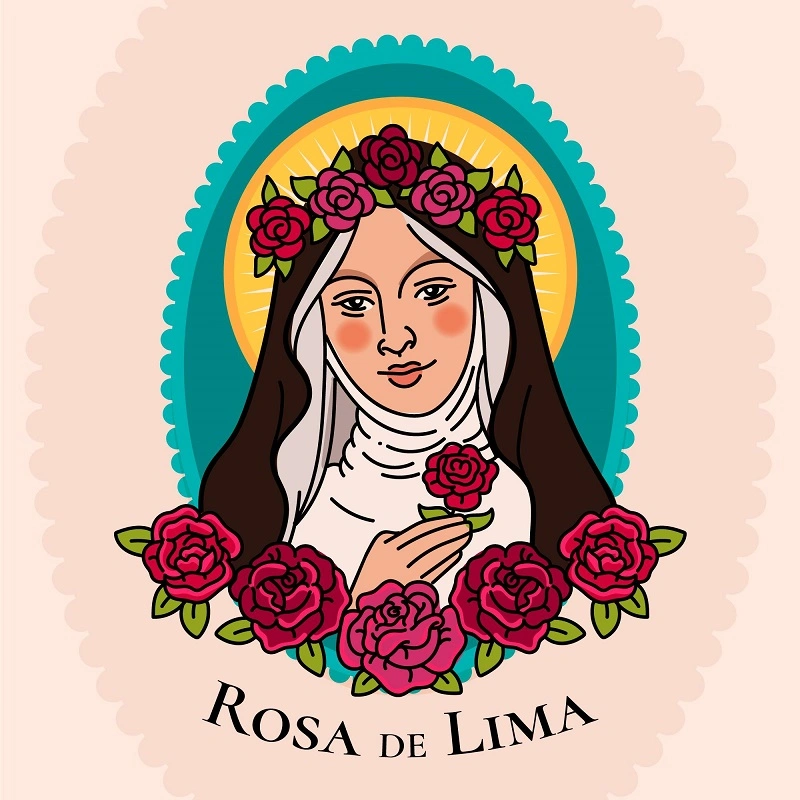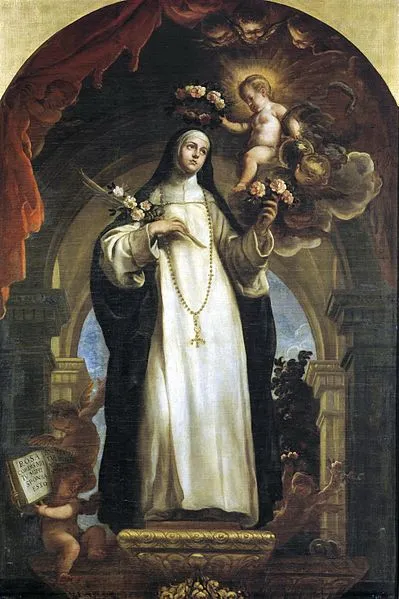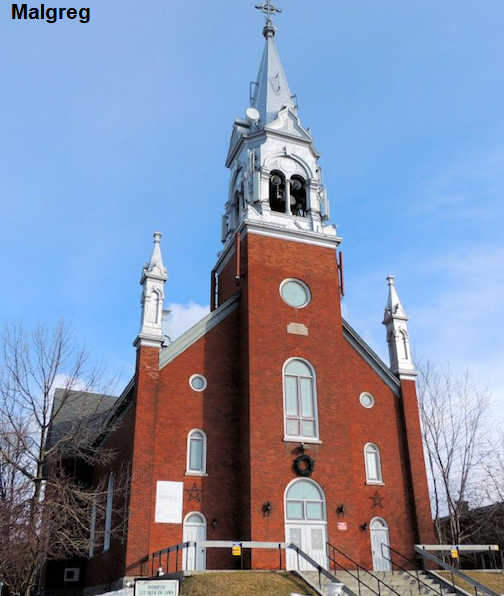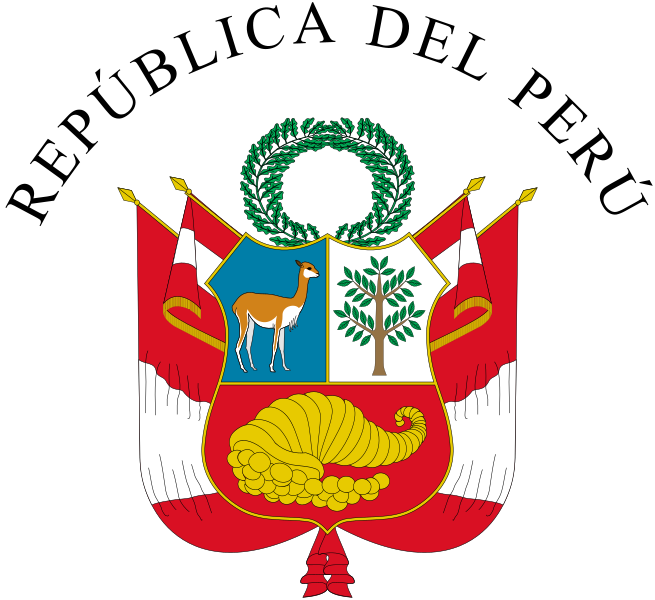
Isabel Flores de Oliva, en religion Rose de Lima (1586-1617), est une mystique péruvienne,
la première sainte du Nouveau Monde.

Rose of Lima, TOSD (born Isabel Flores de Oliva; 20 April 1586 – 24 August 1617) (Latin: Rosa Limana, Spanish: Rosa de Lima) was a member of the Third Order of Saint Dominic in Lima, Peru, Spanish Empire, who became known for both her life of severe penance and her care of the poverty stricken of the city through her own private efforts.
Rose of Lima was born to a noble family and is the patron saint of embroidery, gardening and cultivation of blooming flowers. She was the first person born in the Americas to be canonized as a saint.
As a saint, Rose of Lima has been designated as a co-patroness of the Philippines along with Pudentiana; both saints were moved to second-class patronage in September 1942 by Pope Pius XII, but Rose remains the primary patroness of Peru and of the local people of Latin America. Her image is featured on the highest denomination banknote of Peru.

L’église Sainte-Rose-de-Lima de Gatineau est un édifice religieux catholique situé à Gatineau, dans le quartier de Templeton.
Commencée en 1913 et terminée en 1915, l’église est nommée en l’honneur de sainte Rose de Lima (1586-1617), première sainte du Nouveau Monde. Elle est dotée d’un plan en croix latine, avec une nef à un vaisseau. Elle est construite en briques rouges, avec toiture en bardeaux d’asphalte et revêtement intérieur de plâtre. Elle dénote une influence « Beaux-Arts », mais avec une ornementation plutôt néo-Renaissance. Des suites de Vatican II, l’intérieur a subi des modifications qui lui ont fait perdre une partie de son ornementation d’origine.
The Sainte-Rose-de-Lima Church of Gatineau is a Catholic religious building located in Gatineau, in the Templeton district.
Started in 1913 and completed in 1915, the church is named in honour of Saint Rose of Lima (1586-1617), the first saint of the New World. It has a Latin cross plan, with a single-aisled nave. It is built of red brick, with an asphalt shingle roof and plaster interior cladding. It shows a “Beaux-Arts” influence, but with rather neo-Renaissance ornamentation. Following Vatican II, the interior underwent modifications that caused it to lose some of its original ornamentation.

Named in honour of the Peruvian Ambassador in Canada
Today, we cannot find any information on this statement as ambassador to Canada then in 1915. We found on Wikipedia this: The Ambassador Extraordinary and Plenipotentiary of Peru in Canada is the head of the diplomatic mission of Peru to Canada. Both countries established relations in 1944 who was Alfredo Benavides Diez Canseco. Beginning his diplomatic career in 1905 as part of the Legation in the United States. In 1907, he was transferred to the Consulate in Antwerp where he served as Chancellor, and later to the Consulate in Le Havre, being promoted to Consul in 1909. He was moved to Bourdeaux the same year and to Bremen in 1911. In 1913 he was appointed provisional Chief of the Consular Division of the Foreign Ministry. He also served as representative of Peru to the United Kingdom and the first ambassador of Peru to Canada.
Eric & Marie Parish
s.a. Coups de coeur du patrimoine gatinois : sélection spéciale de l’Association du patrimoine d’Aylmer, de la Société d’histoire de l’Outaouais et de la Société d’histoire de Buckingham. Gatineau / Québec, Ville de Gatineau / Ministère de la Culture et des Communications du Québec, 2006. 40 p.
